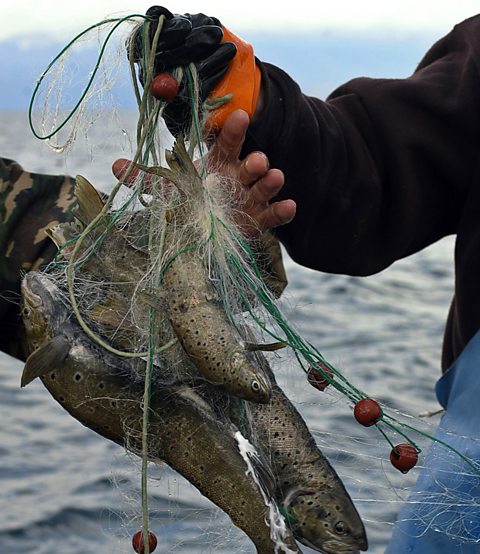Distribution and importance of UK ecosystems
The UK can be divided into seven main terrestrial habitats. Farmland makes up 52% of UK land cover and urban areas cover just 7%. Of the more ÔÇÿnaturalÔÇÖ ecosystems, mountain, moorland and heath cover 11% of UK land and freshwater, wetlands and floodplains just 5%. The remainder of the UK consists of woods, grasslands and coastline.
Moorlands are found in upland areas, mainly in Scotland, where estimates suggest they make up between 38% and 50% of the total land area. The Cairngorms and the Southern Uplands are an example of this kind of area. There are far fewer in England, Wales and Northern Ireland where they account for a much smaller land area. Examples in England include the Yorkshire Moors, Exmoor and Dartmoor.
Heathlands have been highly fragmented and only small, isolated areas exist in Breckland, Surrey, Hampshire and Dorset and the Lizard Peninsula in Cornwall.
Only 13% of the land area of the UK is made up of woodland. Woodland makes up 10% of land in England, 15% in Wales, 19% in Scotland and 9% in Northern Ireland. A large proportion of these are less than 100 years old and very few could be considered ÔÇÿancientÔÇÖ woodlands. In England they are mainly made up of broadleaf deciduousTrees that lose their leaves during autumn to prepare for winter. trees such as oak and ash, whilst in Wales, Scotland and Northern Ireland the trees are mainly coniferousTrees that do not lose their leaves during autumn to prepare for winter. such as firs and pines. The largest forests are Galloway Forest Park in Scotland, Kielder Forest Park in north-east England and the New Forest in southern England.
There are thought to be around 53,000 hectares of lowland raised bogs in the UK and just over 22,000 hectares of lowland fen. They therefore account for a very small area but have a very high biodiversity and so are very important. Key areas include the There are thought to be around 53,000 hectares of lowland raised bogs in the UK and just over 22,000 hectares of lowland fen. Flow Country in Scotland, Wicken Fen in East Anglia and the Inter-drumlin Fens of County Down and Armagh in Northern Ireland.
Value of UK marine ecosystems
The UK has some of the best marine ecosystems in Europe, with a wide diversity of underwater habitats and species. Many of our marine habitats and species are particularly rare and therefore of international importance, for example, the bottlenose dolphin.

They are also a commercial resource, as sea angling contributes over £1.5 billion a year to the UK economy. Increasingly, there is also wild foraging of HalophyteA plant that thrives in saline soil. plants such as samphire and kale. These are wild, shoreline plants being used more and more in high-end restaurants.
These marine ecosystems are under threat from:
- bycatchFish (or other marine animals) caught unintentionally during fishing, eg dolphins in tuna nets.
- overfishing
- pollution
- shipping
Because of these threats, many areas are protected. Marine Conservation Zones (MCZs) and Sites of Special Scientific Interest (SSSIs) give protection to species and habitats of national importance. There are 91 MCZs protecting the waters around England, and similar schemes operating in Northern Ireland, Scotland and Wales.